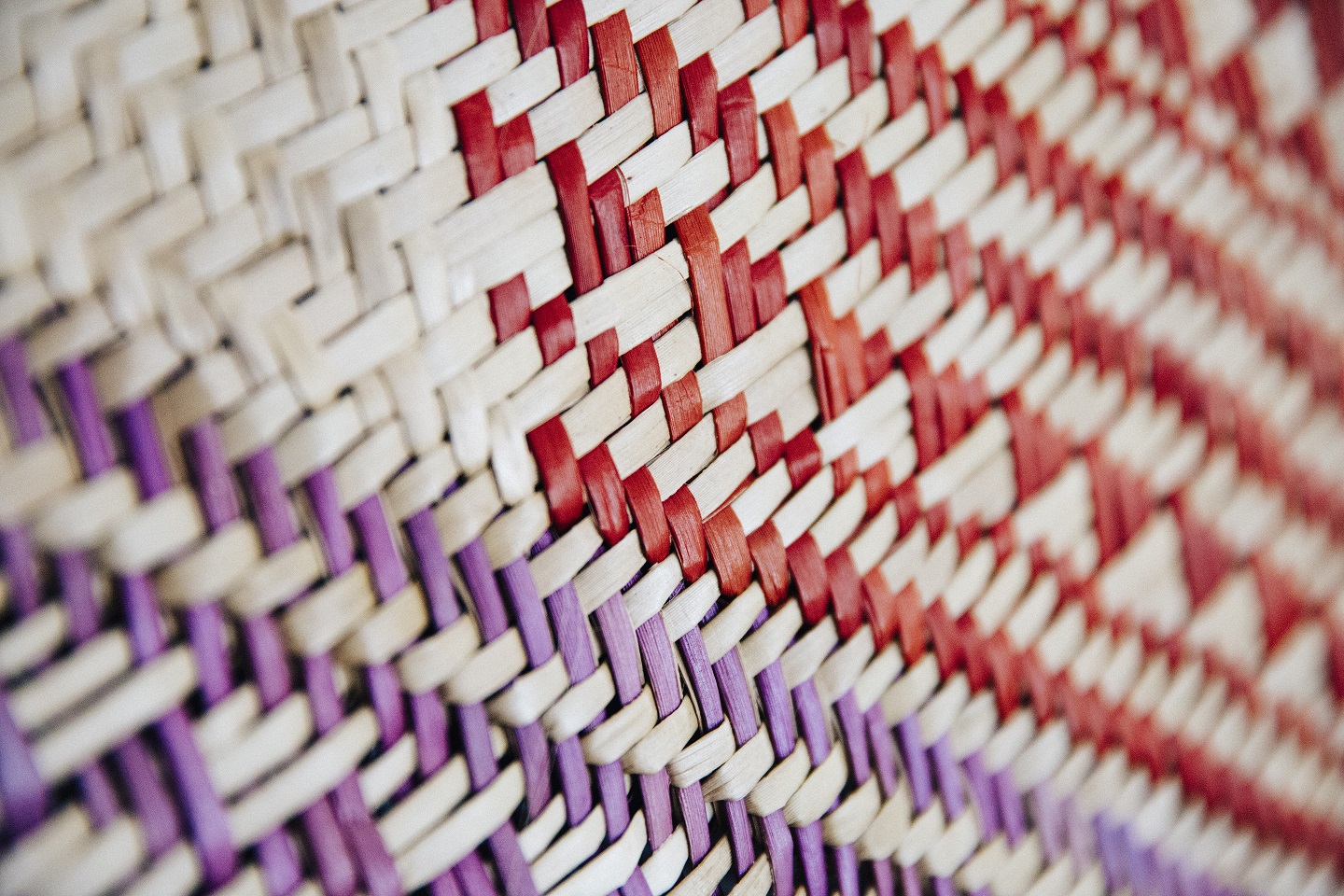Te Pou o Kāhu Pōkere
Ngā Wāhanga o te Mātātaki reflect the stages that Ngāti Whātua Ōrākei go through when laying a challenge. This is commonly referred to as a wero.
This document is a wero, a challenge, to work together to better understand the views, perspectives and priorities of Ngāti Whātua Ōrākei in relation to resource management matters.
The name of this plan is taken from one of the wāhanga (stages) of the mātātaki (challenge). This is called Te Pou o Kāhu Pōkere. The Kāhu Pōkere is the black hawk and is a central figure on the front of our whare tupuna, Tumutumuwhenua. It is a cultural legacy of the hapū and symbolises kaitiakitanga which is the underlying principle of this work.
The purpose of this stage and for Ngāti Whātua Ōrākei is to personify the role of the Kāhu Pōkere. It is elevated and holds dominion to protect those in its care, to look out to the distance, traversing and understanding ones domain and ascertaining the intention of others. Inherent in this stage and in this document is action, movement, focus and to be resolute with clarity and purpose.
Te Pou o Kāhu Pōkere is a recognised iwi planning document for the purposes of the Resource Management Act 1991.
*****
Purpose of the document
The Iwi Management Plan is the resource management plan for Ngāti Whātua Ōrākei. It is a statement of Ngāti Whātua Ōrākei interests and values as they apply in resource management matters. It is intended to be a succinct “manual” for resource management practitioners – particularly developers and decision makers operating under the Resource Management Act 1991. This includes Ngāti Whātua Ōrākei’s own in-house activities. This is not an “Iwi Management Plan” in the widest sense. It does not cover everything relevant to tribal development. The focus is purely on land use and Resource Management Act matters. (Section 1.17, page 10)
See also
